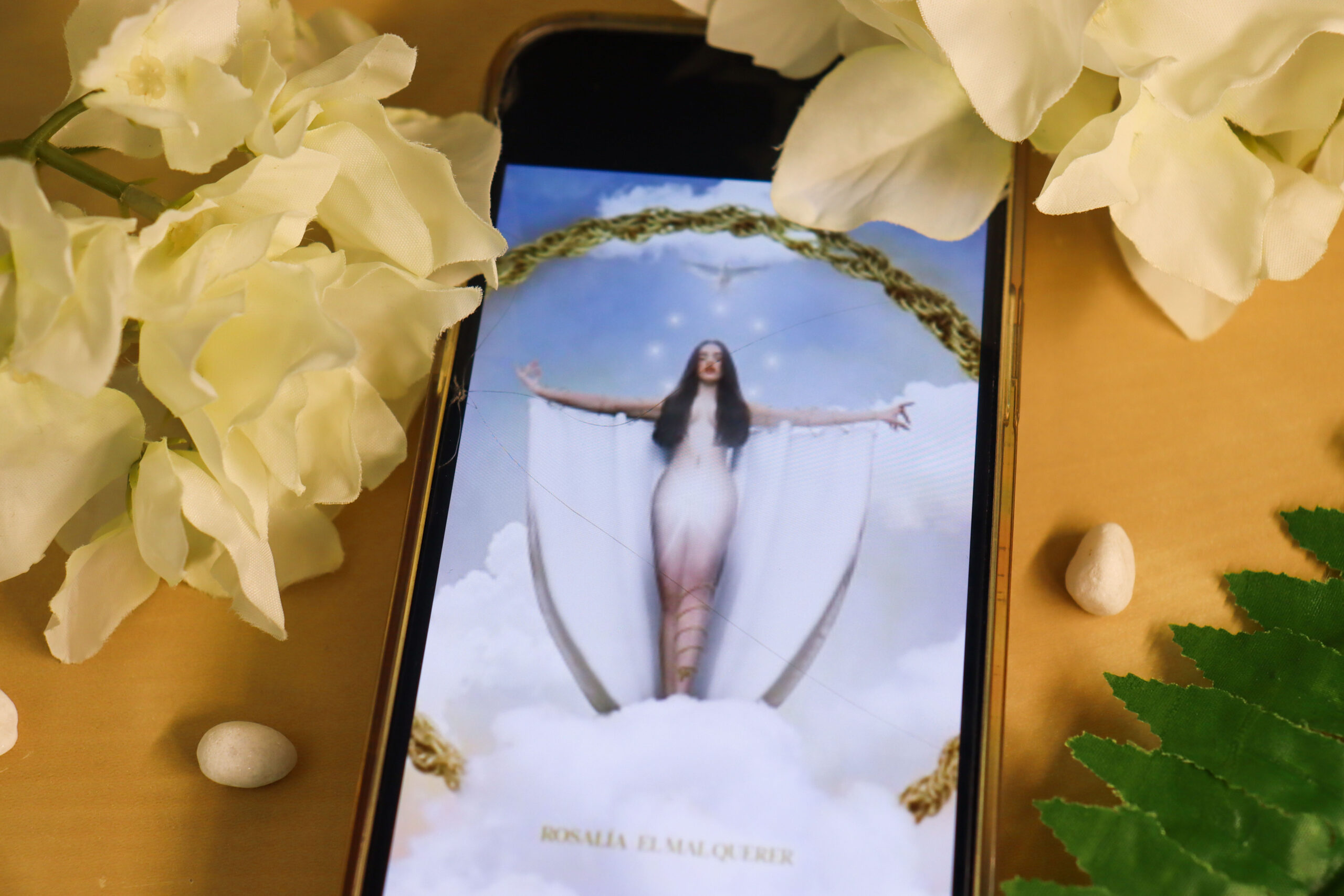Reflecting on Rosalía’s El Mal Querer
The power of Flamenco and story-telling in music.
In 2018, flamenco-trained artist, Rosalía, released her conceptual album El Mal Querer. The album is structured as a narrative that mirrors the storyline from the medieval The Romance of Flamenca. It weaves traditional flamenco—originating in Andalusia, Spain, and fusing Andalusian, Arab, gitano, and Sephardic elements—with urban tunes and reggaeton.
In his preface to Flamenco: Passion, Politics and Popular Culture, anthropologist William Washabaugh writes, “[Flamenco] performances are tell-tale signs of social processes, processes central both to Spanish social life and to modern life wherever it is lived.” Washabaugh explains that flamenco is made in the present, and that, though a lyric or melody might be passed down, it naturally experiences transformation.
The narrative
El Mal Querer follows the suffering of a woman at the hands of a male partner and concludes with her self-reclamation. The music video for the first song, “Malamente”, is littered with premonitory imagery—a Nazarene rides a skateboard with nails, for instance—and its second title (“Cap.1: Augurio”) alludes to bad omens. From the first track onwards, the album descends into a relationship coloured with control and jealousy.
Rosalía evokes alluring artistic references in her music videos—like posing in a manner that mimics the muse in Francisco de Goya’s La Maja Vestida in “Di Mi Nombre”—to modernize a historically persistent problem: male violence against women. Especially within the context of Spain’s global–femicide epidemic, El Mal Querer is a dynamic example of flamenco “made in the present.”
A fundamental problem with attempts to reclaim oppressive devices, like slurs or stereotypes, is that they involve engaging in the oppressive instrument without actually minimizing its harm. As a result, such “reclamation” absorbs the instruments into wider culture while maintaining their social harms. But when Rosalía reclaims the violent narrative by narrating from the perspective of both the woman and the man, she illuminates neglected perspectives.
For example, in “Que No Salga La Luna (Cap.2: Boda),” Rosalía sings from the perspective of a man about to wed a beautiful but unwilling woman. She recounts the darkness of the ensuing relationship through lyrics like, “If there is someone who objects, may they not raise their voice.” Here, she sheds light on the conscious nature of male violence.
The metanarrative
Rosalía captures the relevance of the form of flamenco through crafting a brilliant metanarrative. The imagery in “Baghdad (Cap.7: Liturgia)” could refer either to a woman in distress praying, or a flamencist engaging in the classical style of hand clapping: “She joins the palms of her hands and separates them.” The result captures the nature of the relationship and the nature of the customs of flamenco.
In maintaining the artistic and poetic integrity of flamenco while experimenting with fresh sounds, Rosalía weaves a web of contexts that both honours traditional flamenco and challenges the conventions. In doing so, she also challenges the conventions of the story she tells, fulfilling Washabaugh’s understanding of art as endlessly shifting reflections of culture.


Loved this album and loved this reflection!